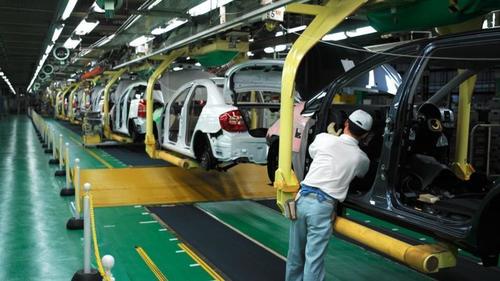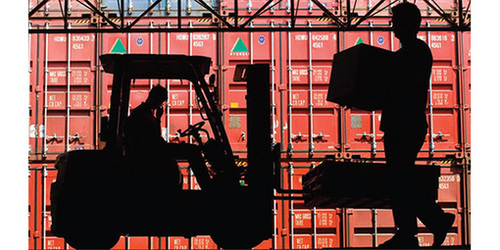Jun 4 2013
Enterprise Ireland and Lean | Irish Times
See on Scoop.it – lean manufacturing
“The Japanese are renowned worldwide for their car production where the concept of the management philosophy Lean derives from. It all began at Toyota when the car manufacturers discovered a new, more efficient method of producing cars valued by customers all over the world. The principles learned at Toyota became known as Lean which is claimed can be applied to almost any business. The core principle is creating value by reducing waste and unnecessary risk.”
While informing us that the Irish government has an agency promoting Lean, this article reflects common misconceptions.
No, it’s not a “Japanese management philosophy.” it is an approach developed by individuals who happened to be Japanese, which is not the same. Most Japanese today do not know or practice it, and quite a few non-Japanese do.
And this emphasis on “creating value” is an American talking point, not the Toyota Production System.
According to the article “Toyota benchmark themselves constantly,” which is news to me. While it is clear that Toyota is on the lookout for new ideas, I had not heard of Toyota doing benchmarking surveys of competitors. My understanding is that Toyota’s management considers such surveys to be a waste of time.
The article equates Lean with Continuous Improvement, giving the impression that it’s all there is to it.
And finally, the article repeats the Business Week claim that the Shingo Prize is “the Nobel Prize for operational excellence.”
See on www.irishtimes.com




Jun 6 2013
Food Processors Must Balance High Throughput With Flexibility | Food Processing
See on Scoop.it – lean manufacturing
 “Mass production of food has gone the way of the Model T, and nowhere is the need for line flexibility more important than at copackers. One of the 20th Century’s closing acts was the shuttering of Sara Lee Corp.’s massive bakery in New Hampton, Iowa. It was a brawny, high-volume facility capable of turning out more cheesecake than Americans were willing to buy. Therein was the problem: The plant only excelled at making cheesecake.”
“Mass production of food has gone the way of the Model T, and nowhere is the need for line flexibility more important than at copackers. One of the 20th Century’s closing acts was the shuttering of Sara Lee Corp.’s massive bakery in New Hampton, Iowa. It was a brawny, high-volume facility capable of turning out more cheesecake than Americans were willing to buy. Therein was the problem: The plant only excelled at making cheesecake.”
See on www.foodprocessing.com
Share this:
Like this:
By Michel Baudin • Press clippings 0 • Tags: Baking and Confections, copacker, Food industry, Lean manufacturing